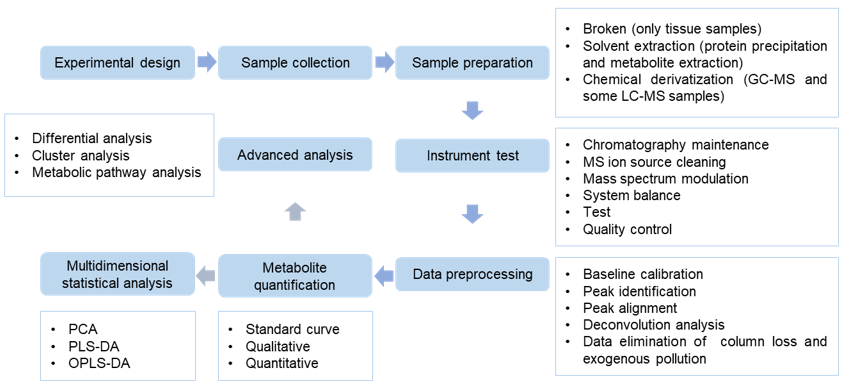v-innovate Technologies provides an advanced technology platform, including high-performance liquid chromatography/gas chromatography technologies combined with mass-spectrometric technique, to accurately and efficiently analyze and quantify proline content in plants. This high-throughput approach is helpful to further explore the applications of proline in agriculture and plant development.
There are three forms of proline DL-Proline, L-Proline, and D-Proline. The commonly referred to proline is L-proline, a naturally occurring amino acid. L-Proline is found in almost all proteins and it is abundant in the body, second only to glutamine and alanine. Proline plays an important regulatory role in protein synthesis, metabolism of the body, wound healing, antioxidant and immune response.
Hydroxyproline is found in many plant proteins and is particularly associated with cell wall formation. Plant bodies often have a significant accumulation of proline under a variety of adversities such as drought, high temperature, low temperature, and salinity. In addition, proline has a wide range of applications in clinical, biomaterials, and industrial applications.
GC-MS and LC-MS with high resolution and sensitivity can be used to separate complex sample mixtures for the detection and quantification of specific amino acids. v-innovate Technologies offers an advanced LC-MS technology platform for accurate and efficient analysis and quantification of proline content. In addition, we offer other amino acid and metabolite assays to meet your different needs.
 Figure 1. (S)-Proline(left) and (R)-Proline (right) in zwitterionic form at neutral pH
Figure 1. (S)-Proline(left) and (R)-Proline (right) in zwitterionic form at neutral pH
| DL-Proline | L-Proline | D-Proline | Hydroxyproline |
 Figure 2. Proline analysis service workflow.
Figure 2. Proline analysis service workflow.
Quantification methods: external reference method or isotope-labeled internal standard method
Mode: MRM, capable of simultaneously detecting more than 1000 MRM ion pairs
Precision: ≤10-9g
Positive/Negative polarity switching time: ≤20ms,allowing for the acquisition of Q1/Q3 MRM transition mass spectra in both ionization modes from a single LC-MS/MS run.
We also accept other samples. Our technicians will communicate with you about the specific sample requirements.
We can provide customers with sample processing, testing, analysis, and other professional technical services, and work with our customers to improve product quality.From sampling to analysis, we provide one-stop services. Our experienced team guarantees to produce credible results at a competitive price.
References
